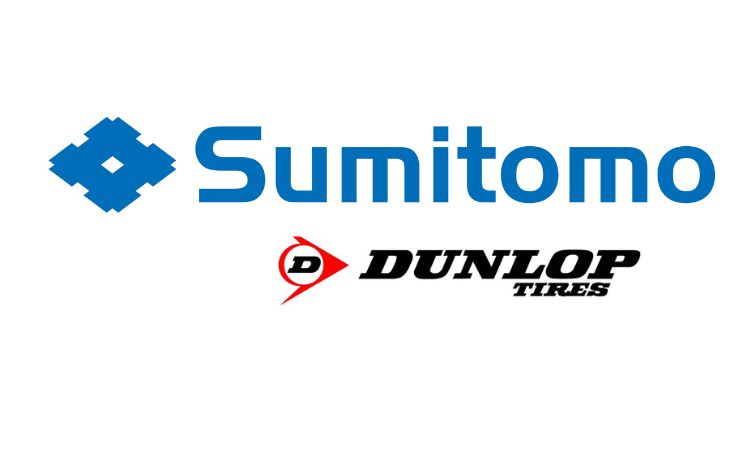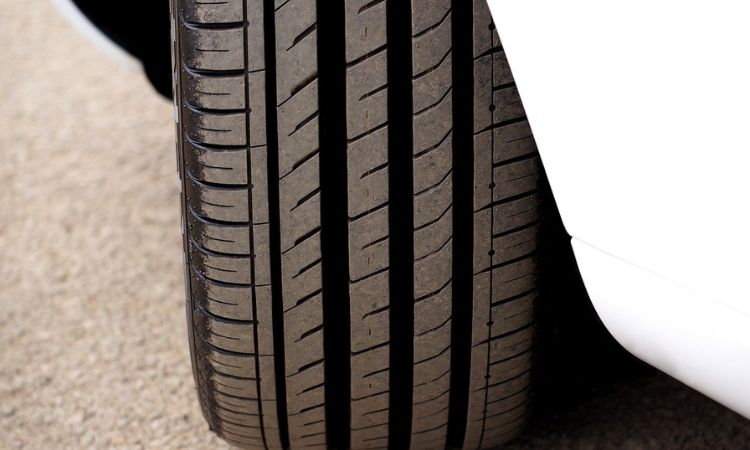Spanish EPR agency TNU explains how end-of-life tires can be used for safety chocks
In its latest press release, Spanish EPR agency TNU (Tratamiento Neumáticos Usados) explains that all the waste generated by a tire after its use, rubber, steel and fabric, are a rich source of material and energy resources since they can be reused. Currently, the depletion of natural raw materials and fossil fuels is forcing us to seek more sustainable solutions, and in this sense, the recycling of end-of-life tires has important advantages. There are numerous ways of recovering and transforming its components into innovative and sustainable uses, allowing to reduce the environmental impact, as is the case with these useful and safe brake pads for trucks.
The ecological chocks for heavy vehicles have been created to limit and/or block the mobility of trucks, trailers, forklifts, etc., or precisely locate the position of the vehicle for the safe loading and unloading of goods in dump trucks. The recycled rubber from obsolete tires with which they are manufactured, give them extraordinary strength and durability, which make them especially suitable to resist the hard work for which they have been designed.
Manufacturing each of these 25-kilogram chocks allows the rubber from four tires to be reused, saving the environment 122 kilos of CO2 emissions, 94 liters of oil and 7,843 liters of water. Taking into account the current energy and raw material crisis, the reuse of tires at the end of their useful life is a sustainable and economically viable alternative, which minimizes waste, and saves energy and raw materials, contributing effectively to the circular economy.
The reuse of end-of-life tire components is key to moving towards a sustainable future. In this sense, through the informative campaign "Did you know that...?" TNU claims the ecological, economic and social advantages of giving end-of-life tires a second life, so that in this way we can move towards a more sustainable future.
Weibold is an international consulting company specializing exclusively in end-of-life tire recycling and pyrolysis. Since 1999, we have helped companies grow and build profitable businesses.









